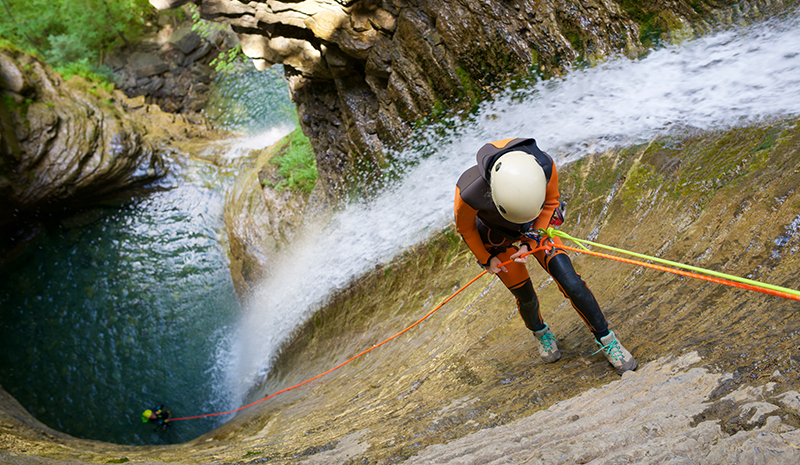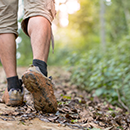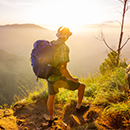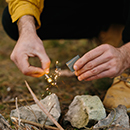Self-safety during the trek
Ensuring your safety during a trek is of utmost importance. Here are some self-safety tips to keep in mind:
Plan and Research: Thoroughly research and plan your trek. Familiarize yourself with the trekking route, weather conditions, terrain, and potential risks. Obtain the necessary permits and understand the difficulty level to ensure it matches your abilities.
Inform Others: Inform a trusted friend or family member about your trekking plans. Share your itinerary, expected duration, and emergency contact details with them. Check-in with them regularly during the trek to maintain communication.
Trek with Others: Whenever possible, trek with a companion or as part of a group. Trekking with others enhances safety by providing support, assistance, and companionship.
Follow Safety Guidelines: Pay attention to safety guidelines provided by experienced trekkers, local authorities, or trekking guides. Follow their advice regarding trail conditions, weather updates, and potential hazards.
Carry a Map and Navigation Tools: Always carry a map of the trekking route and navigation tools such as a compass or GPS device. Familiarize yourself with the route before setting out and regularly consult the map to ensure you're on the right track.
Stay on Marked Trails: Stick to marked trails and avoid deviating into unknown or off-limit areas. Straying from designated paths increases the risk of getting lost, encountering hazardous terrain, or disturbing the local ecosystem.
Monitor Weather Conditions: Keep a close eye on weather forecasts before and during the trek. Be prepared for weather changes and adjust your plans accordingly. Avoid trekking in severe weather conditions such as heavy rain, storms, or extreme cold.
Carry Adequate Supplies: Pack essential supplies such as food, water, appropriate clothing, navigation tools, a first aid kit, an emergency shelter, and communication devices. Carry extra food and water in case of unexpected delays.
Hydration and Nutrition: Stay hydrated by drinking plenty of water throughout the trek. Carry a water bottle and refill it whenever possible. Eat nutritious meals and snacks to maintain your energy levels.
Pace Yourself: Trek at a pace that suits your fitness level and abilities. Avoid pushing yourself beyond your limits, as exhaustion can lead to accidents or injuries. Take regular breaks to rest, hydrate, and refuel.
Dress Appropriately: Wear appropriate clothing and footwear for the trekking conditions. Dress in layers to regulate body temperature and protect yourself from the sun, wind, or cold. Ensure your footwear is comfortable, sturdy, and suitable for the terrain.
Be Prepared for Emergencies: Carry a well-stocked first aid kit, including items like bandages, antiseptics, pain relievers, blister treatment, and any necessary personal medication. Additionally, carry emergency items such as a whistle, headlamp, extra batteries, and a multi-tool.
Practice Leave No Trace: Respect the environment by following Leave No Trace principles. Minimize your impact on the trail, pack out your trash, and avoid damaging flora and fauna. Preserve the natural beauty for future trekkers to enjoy.
Trust Your Instincts: Trust your instincts and use common sense while trekking. If a situation or trail feels unsafe or uncertain, take necessary precautions, make informed decisions, and consider turning back if needed.
Remember, safety should be your top priority during a trek. Assess risks, be prepared, and exercise caution to ensure a safe and enjoyable trekking experience.







Popular Comments
Very Important and useful blog.